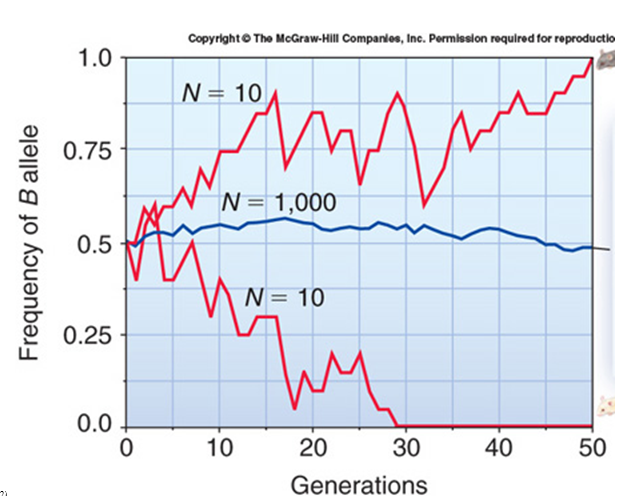One benefit of transpiration is that it:
a. concentrates nutrients in plant leaves.
b. distributes nutrients throughout the plant.
c. moves water from the atmosphere to the plant.
d. is responsible for warming plants.
e. brings in water from the soil.
b
You might also like to view...
Explain how Mendel’s law of segregation applies to the distribution of alleles in gametes.
What will be an ideal response?
All of the chemical reactions used to break down nutrients and build up components within the body are collectively known as
A. anabolism. B. catabolism. C. metabolism. D. proteolysis. E. hydrolysis.
The number of generations it takes for an allele to become fixed or lost in a population depends on population size. There are three populations associated with the frequency of the ? allele and its change in frequency. Which population(s) show dramatic change in ? allele frequency and what are these changes? Population 1 = brown mouse (top line); Population 2 = middle line; population 3 =
white mouse (bottom line).

A. Population 1; it shows an extinction of the ? allele resulting in all brown mice.
B. Population 3; it shows an extinction of the ? allele resulting in all white mice.
C. Population 2; it shows an increase in the frequency of the ? allele after 50 generations.
D. Population 1; it shows a fixation of the ? allele resulting in all brown mice and Population 3 shows an extinction of the ? allele resulting in all white mice.
E. Population 1, 2, and 3 all show drastic changes in ? allele frequency after 50 generations, with the complete elimination of the ? allele in all three populations.
This technique separates and isolates DNA fragments from one another
A. Cloning B. Gel electrophoresis C. Recombinant DNA D. Southern blot E. In situ hybridization